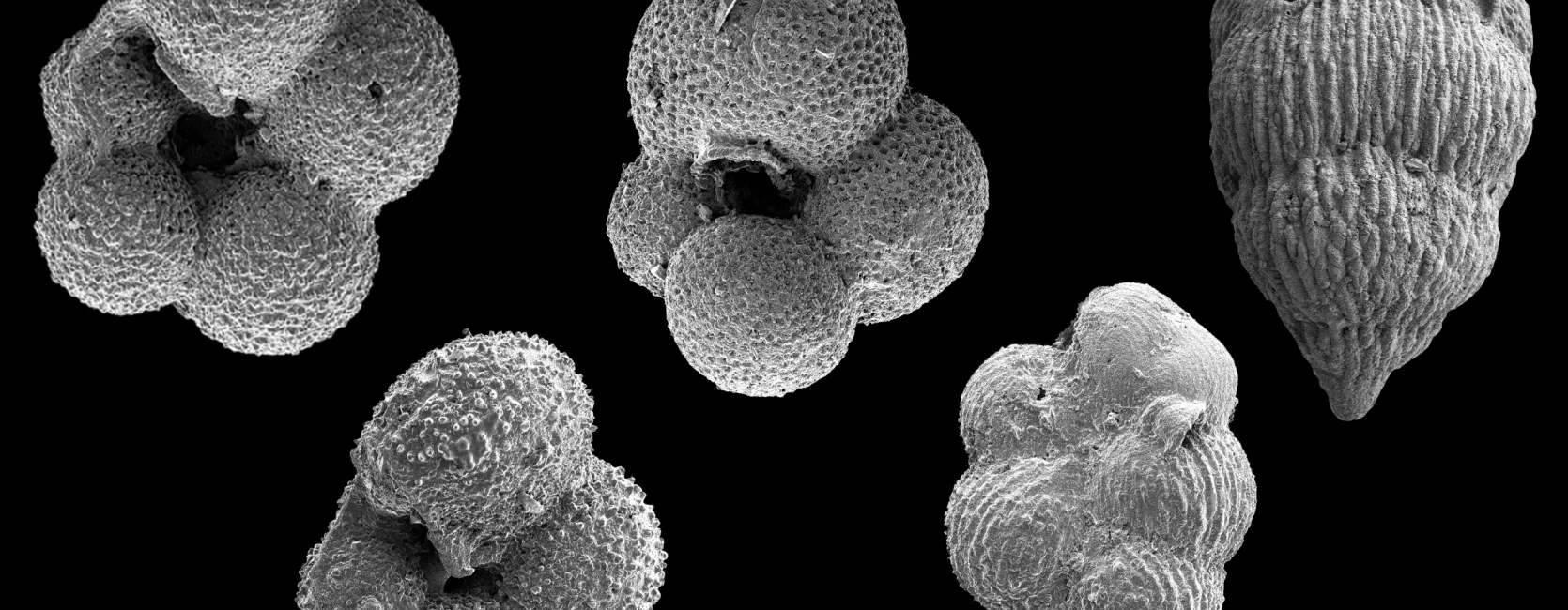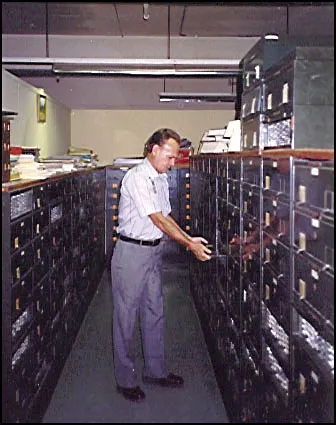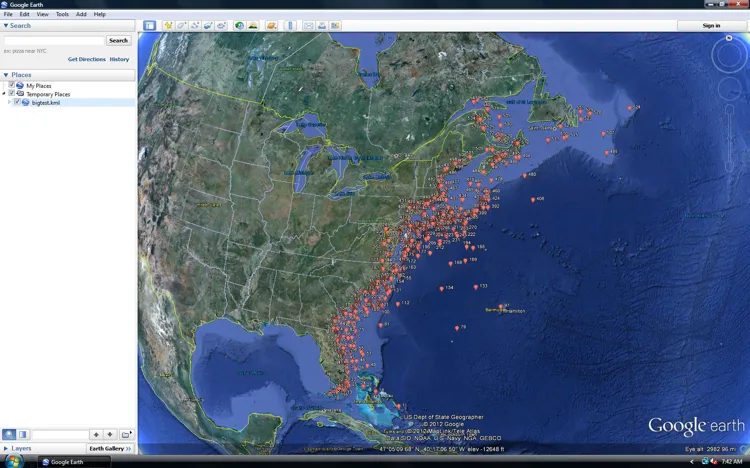Image


The National Museum of Natural History serves as the largest repository in the world of foraminiferal type specimens with over 16,000 primary type specimens (holotypes and paratypes), searchable on-line many with graphics, and over 200,000 secondary type specimens. It represents probably three-fourths of all the type specimens of the American smaller foraminifera, nine-tenths of those of the American Mesozoic and Cenozoic larger foraminifera, and a very large proportion of species from abroad that have been described in this country.

These microscopic fossils are an extremely useful group in solving the structure of layered rocks underground, where they are out of sight far below Earth’s surface. The largest single foraminifer collection at the NMNH is the Cushman Collection of Foraminifera. The bulk of this collection was willed to the Smithsonian Institution by Dr. Joseph A. Cushman, and was accessioned in 1951. It originally consisted of genera and species of mostly smaller foraminifera, and included approximately 150,000 mounted slides, 25,000 type slides and figured specimens.
Foraminifera are tiny protists - essentially amoebas with a shell, typically between 0.1 and 1.0 mm in size. The shell is shot full of holes, which allows much of the protoplasm on the inside to poke through to the outside. Some live in sediment of the sea floor (benthic) and others live floating in the water at depths of less than 300 feet (planktic). Foraminifers are excellent indicators of past climate change because they are abundant, they evolve rapidly, they are found all over the world, and they are sensitive to small changes in the environment. They are extremely useful in determining the geologic age of the rocks in which they are found due to identification of different species being relatively easy.
Many additional identified primary and secondary type slides from foraminifer researchers worldwide have been added to what is known as the Cushman Collection since it came to the NMNH. Notable among these are primary type and secondary type specimens designated by A. Loeblich and H. Tappan, P. Brönnimann, H. Bolli, P.J. Bermúdez, J.-P. Beckmann, F. L. Parker, F. B Phleger, and E. Pessagno. The largest segment of the collection consists of specimens identified by a variety of researchers, including hypotypes that were illustrated in Loeblich and Tappan's 1964 and 1988 treatises, their volume on foraminifera from the Timor Sea, and other works.
Joseph Cushman pioneered the study of foraminifera with naming countless specimens and noting their geographic distribution. He did innovative research that enabled geologists to date layers of subsurface rocks and use them to identify oil traps. He established the requirements for successful oil exploration of his day and a classification scheme that became adopted all over the world. His legacy continues in the form of the Cushman Foundation for Foraminiferal Research.
Many of the collections listed below include the donors' research notes and libraries. The largest of these is the Ruth Todd Memorial Library, which began as Joseph Cushman's library and was continued through the efforts of Ruth Todd and Doris Low. This includes over 25,000 books and reprints on foraminifera, and a card catalog of over 98,000 species cards (including bibliographies, species descriptions, and specimen images).

All published distributional data (presence or absence) on the living and dead Recent benthic foraminifera around North American was gathered from papers published since 1886. The data were digitized and manipulation of the data produced 6 volumes of catalogs with maps (Atlantic Coast, Gulf of Mexico, Caribbean, Pacific-Oregon to Alaska, and Pacific- California to Baja) originally published by Culver & Buzas between 1980 and 1985. Each volume consists of 5 catalogs - Catalog 1 lists alphabetically species names with publication and locality information as recorded in the literature (i.e., unsynonymized); Catalog 2 lists synonymized species names with publication and locality information; Catalogs 3 and 4 list alphabetically all unsynonymized and synonymized species names, respectively; Catalog 5 lists synonymized names by increasing latitude and longitude. Computer-generated maps were drawn for the most commonly recorded species. Species were grouped by depth and geographic (latitudinal) distribution through visual examination of the maps. The original data were scanned and transferred to Excel Spreadsheets and then Google Earth Pro was used to map the Atlantic Data. The original publications are available as pdfs through the Smithsonian Libraries.